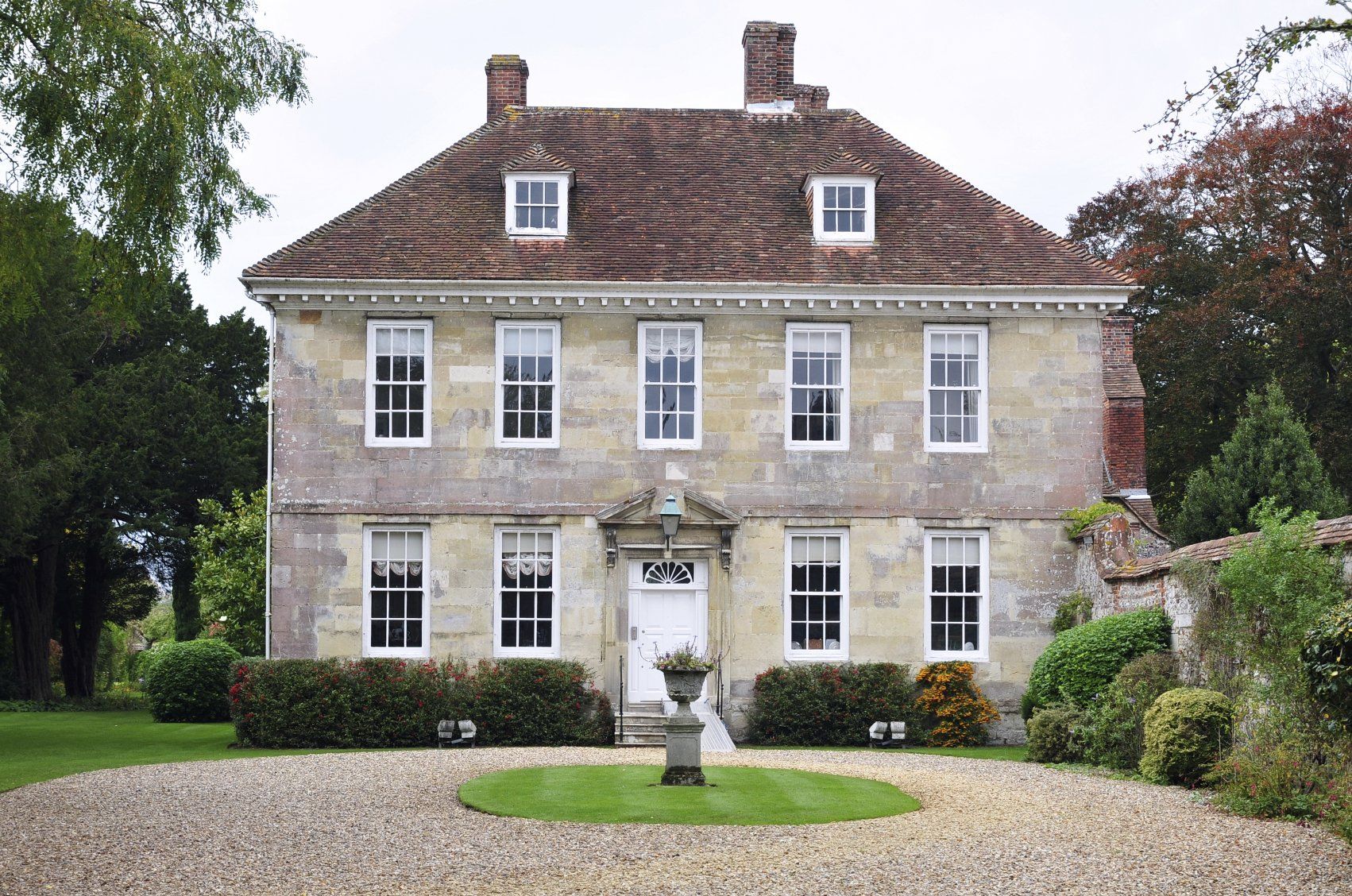How to Transfer Real Estate with Your Estate Plan
Real estate is an important part of most estate plans. There are many ways to incorporate real estate into a comprehensive estate plan. However, real estate transfers must be carefully coordinated with estate planning documents to achieve the desired outcome. This table provides an overview of common methods to transfer real estate upon the death of the owners.
-
Joint Ownership
Joint ownership is a common way to transfer real estate. A deed must be prepared to designate the correct joint owners. Upon the death of any joint owner, then the remaining owners will retain ownership, either jointly or individually, as specified in the deed. Joint ownership of real estate seems simple enough, but it has several pitfalls:
- The property is subject to the claims of creditors of all joint owners
- Joint ownership "with rights of survivorship" cannot be undone unless the other joint owners agree
- The deed must specify ownership among individuals or groups (e.g. husband and wife, or other combinations of owners)
- The last surviving owner will receive the property outright even if that was not intended when the joint ownership was created
- The heirs of a deceased joint owner receive nothing if the deceased person was not the last owner to die
-
Lady-Bird Deed
"Lady-Bird" deeds ("LBD") are becoming increasingly common. The purpose of an LDB is to designate the owner of property upon the death of the primary owners. An LBD is commonly used to transfer real estate to desiginated beneficiaries without probate proceedings.
LBD's can be a valuable tool in any estate plan, and should be considered as an option even when using a trust. However, an LBD has a few disadvantages that should be reviewed before using them:
- The number of beneficiaries specified in the deed should be very small to avoid disputes when the property is sold; having too many beneficiaries will often lead dispute and delays
- An LBD should not be used to transfer real estate to minors
- An LBD may result in delays during sale or refinancing of the property while the owners are living; some title companies require a deed from the beneficiaries to the primary owner before approving a sale or refinance
- An LBD must be coordinated with the overall objectives of the estate plan
-
Last Will and Testament
Real estate may be transferred upon the death of the owner in accordance with his or her last will and testament. In that case, there must not be any joint owners of the property.
Probate proceedings are required to administer a last will and testament. After the probate proceedings are properly commenced, then the real estate may be sold or transferred by the executor of the deceased person's estate.
-
Living Trust
Real estate may be transferred by using a general revocable ("living") trust. The trust may specify how individual parcels of real estate are to be distributed, or it may simply convey all of the trust property together as a single unit. Either way, a deed must be prepared to transfer the real estate to the trust while the owner is living. Upon the death of the owner, the trustee must transfer the real estate as specified in the trust.
-
Cottage Trust
A "Cottage Trust" is used to preserve and maintain property for the benefit of the trust beneficiaries. A Cottage Trust is typically used for vacation real estate, but it can be applied to any type of property.
In most cases, the Cottage Trust will own the property and a certain amount of cash that will be used to preserve and maintain the property for the use of the trust beneficiaries. In this way, they can be relieved of the cost of upkeep -- at least until the trust funds are exhausted. A trustee, who is usually family member, is appointed to manage the property and the money owned by the trust.
Cottage Trusts are very common in Michigan since so many families own valuable vacation real estate that they want to preserve for future generations.
-
Life Estate Trust
A "Life Estate Trust" is designed to preserve and maintain a residence or other real estate for the use of a designated beneficiary for his or her lifetime. Upon the death of the beneficiary (or if they vacate the premises), then the property is sold or transferred as specified in the trust.
Life Estate Trusts are very common in second marriages, long-term relationships, or in any situation that a property owner wants to grant lifetime use of a property to another person without transferring full ownership to them.
A Life Estate Trust is more comprehensive than a life estate deed because a trustee is appointed to enforce the terms of the trust, and to protect the property from waste or dissipation by the trust beneficiary.
-
Limited Liability Company
A Limited Liability Company (LLC) may be used to own and transfer real estate. If an LLC owns property, then upon the death of each owner, his or her membership interest is transferred as specified in the operating agreement of the company (and the ower's estate plan) -- rather than the real estate itself.
Using an LLC to own real estate has several potential advantages:
- The operating agreement of the company may specify how the property transfers will be handled
- The operating agreement may limit the persons who may receive ownership of the company
- Complex arrangements are possible that would not be available to individual real estate owners
- Fractional ownership of the company is simple to manage
- Transfers of membership interests are simple to manage
- An LLC may provide asset protection to the owners of the company
Let us know if you have questions...




